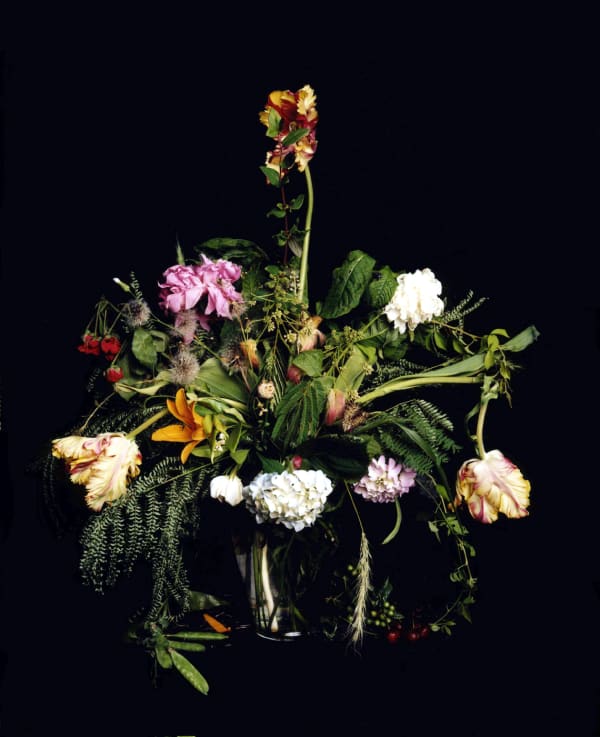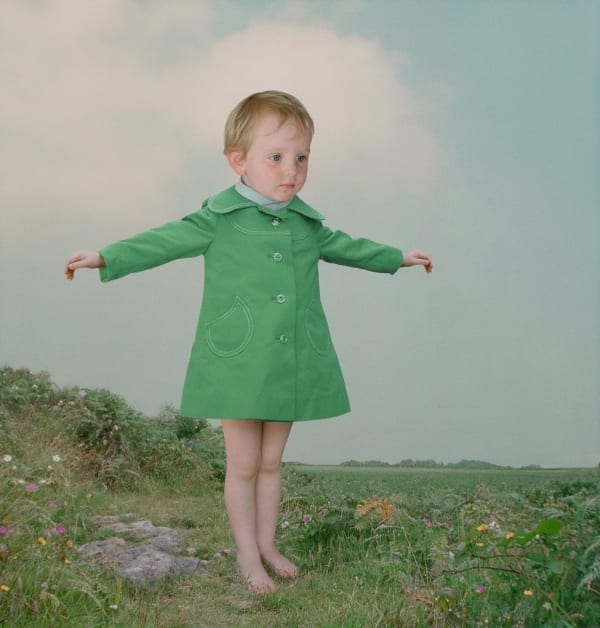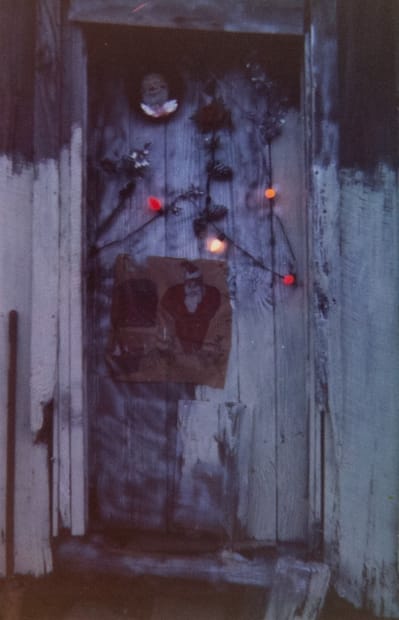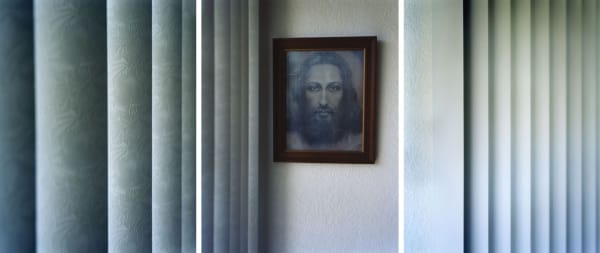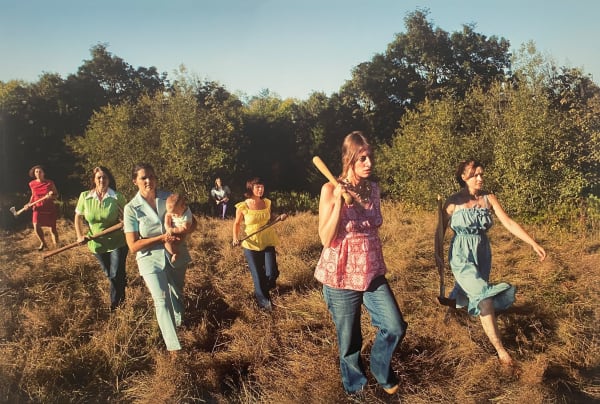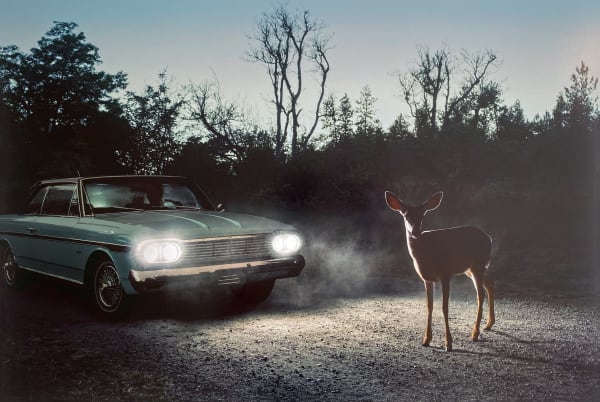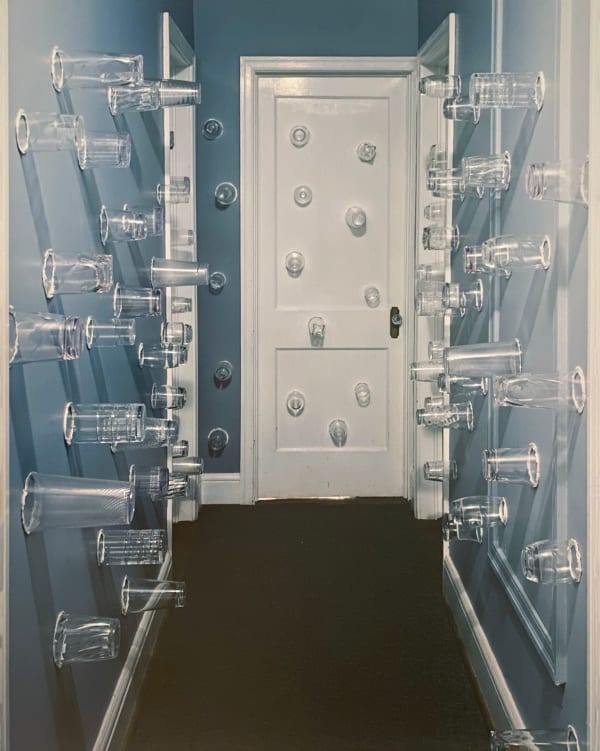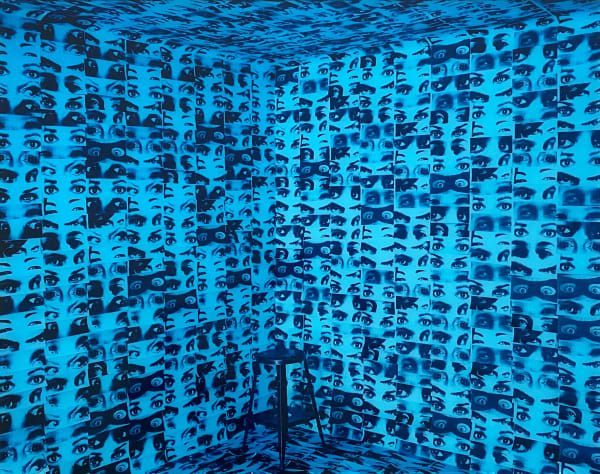-
 Included within our Private Collection Salon & Sale exhibition we are spotlighting an Atlanta collection. This southern woman’s trove reflects her passion for life lived and compassion for the world around her. The collection includes a unique mix of work by Atlanta-based artists, 20th-century American icons, and cutting-edge international photographers. The entire collection was built over time in close collaboration and a trusted friendship with the gallery owner, Anna Skillman. After enriching the walls and spirit of the collector’s private home for many years the collection has now come full circle. We are honored to be entrusted with deaccessioning the work and equally thrilled to be able to share this offering with you.
Included within our Private Collection Salon & Sale exhibition we are spotlighting an Atlanta collection. This southern woman’s trove reflects her passion for life lived and compassion for the world around her. The collection includes a unique mix of work by Atlanta-based artists, 20th-century American icons, and cutting-edge international photographers. The entire collection was built over time in close collaboration and a trusted friendship with the gallery owner, Anna Skillman. After enriching the walls and spirit of the collector’s private home for many years the collection has now come full circle. We are honored to be entrusted with deaccessioning the work and equally thrilled to be able to share this offering with you. -

-

-

-
-

-
SPOTLIGHT: An Atlanta Collection: From our Private Collections Salon & Sale
Past viewing_room


